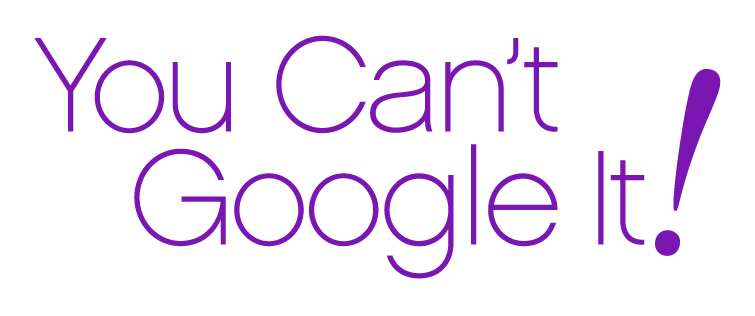The Underestimated Impact of Generational Differences on Wellness
/Disconnects among professionals and executives as well as with staff based on generationally related differences are prevalent in many workplaces. This often causes stress, misinterpretations of behaviors and attitudes that hinder optimal client service and retention. The situations often produce avoidable tensions and negative energy, to name a few undesirable outcomes.
At the least, they are a distraction, and they impact the achievement of increased diversity, equity and inclusion. In turn, that impedes feelings of belonging – a factor increasingly cited as a compelling reason for people to leave an employer.
Concern with “wellness” has grown to be a major factor in the language and priorities of the workforce that organizational leaders can no longer ignore. In fact, the focus on wellness has been broadened to include mental and emotional health as well as financial stability. Concerning symptoms are isolation, loneliness, and craving connection. While being felt perhaps more acutely during the Covid-19 pandemic, the danger and importance of addressing these conditions will not disappear if and when the virus leaves us.
The factors cited above lead to the inevitable conclusion that busy professionals need to integrate cross-generational connection and cross-cultural engagement seamlessly into everyday behaviors and activities rather than siloing them as projects or tasks.
Here are some key wellness considerations with clear generational impact.
The definition of wellness benefits during this time has expanded to include financial benefits (such as disability, pet insurance, paid and unpaid leave) and psychological safety which have different degrees of desirability and need among generations and lifecycle.
Empathy and trust among the generations have been missing to a greater degree, given less opportunity to establish human relationships during the pandemic, a situation which could continue with hybrid and remote working arrangements.
The loneliness epidemic is especially prevalent among younger generations.
Younger generations feel greater stress leading to mental illness/depression.
Cited in my interviews with members of cross-generational teams and in my book, You Can’t Google it! – The Compelling Case for Cross-Generational Conversation at Work (Morgan James Publishing), were these deficits and disadvantages when there is a lack of cross-generational work conversations:
“Stress and health problems as well as reduced productivity and turnover costs that have negative effects on financial results.”
“Symptoms might be frustrations, complaints about colleagues’ work habits, withholding information necessary for continual successful client relationships, trouble retaining valuable personnel, and lack of creativity and innovation that results in loss of competitive edge.”
The outcomes above are threats to maintaining a sustainable business.
Some new habits leaders should encourage individuals to cultivate are:
Integrate connection and engagement seamlessly into everyday behaviors and activities of busy professionals, rather than see it as a “task.”
Give younger professional personnel and staff a role in crafting solutions, including the psychological safety to talk about their feelings.
Fasten Your Seat Belts
Adjusting to a better life of hope and continuing to thrive are both immediate and long-range goals. We have changed, work and the work environment has changed. We are in the period of “a big experiment,” trying out combinations and permutations of the old, new and as of yet determined and developed. We will need a more flexible mindset and greater agility than required in the past.
The keywords going forth are: Connection, Self-Awareness, Adaptability, Gratitude, Empathy.
Call to Action: Integrate those traits into your and your organization’s core values, and live them every day. Contact me at pwhaserot@pdcounsel.com with your comments and questions. Let’s start a meaningful conversation.
© Phyllis Weiss Haserot 2021
Note: This article contains excerpts from Chapter 62 in the 2021 edition of The Rainmaking Machine by Phyllis Weiss Haserot (Thomson Reuters)


